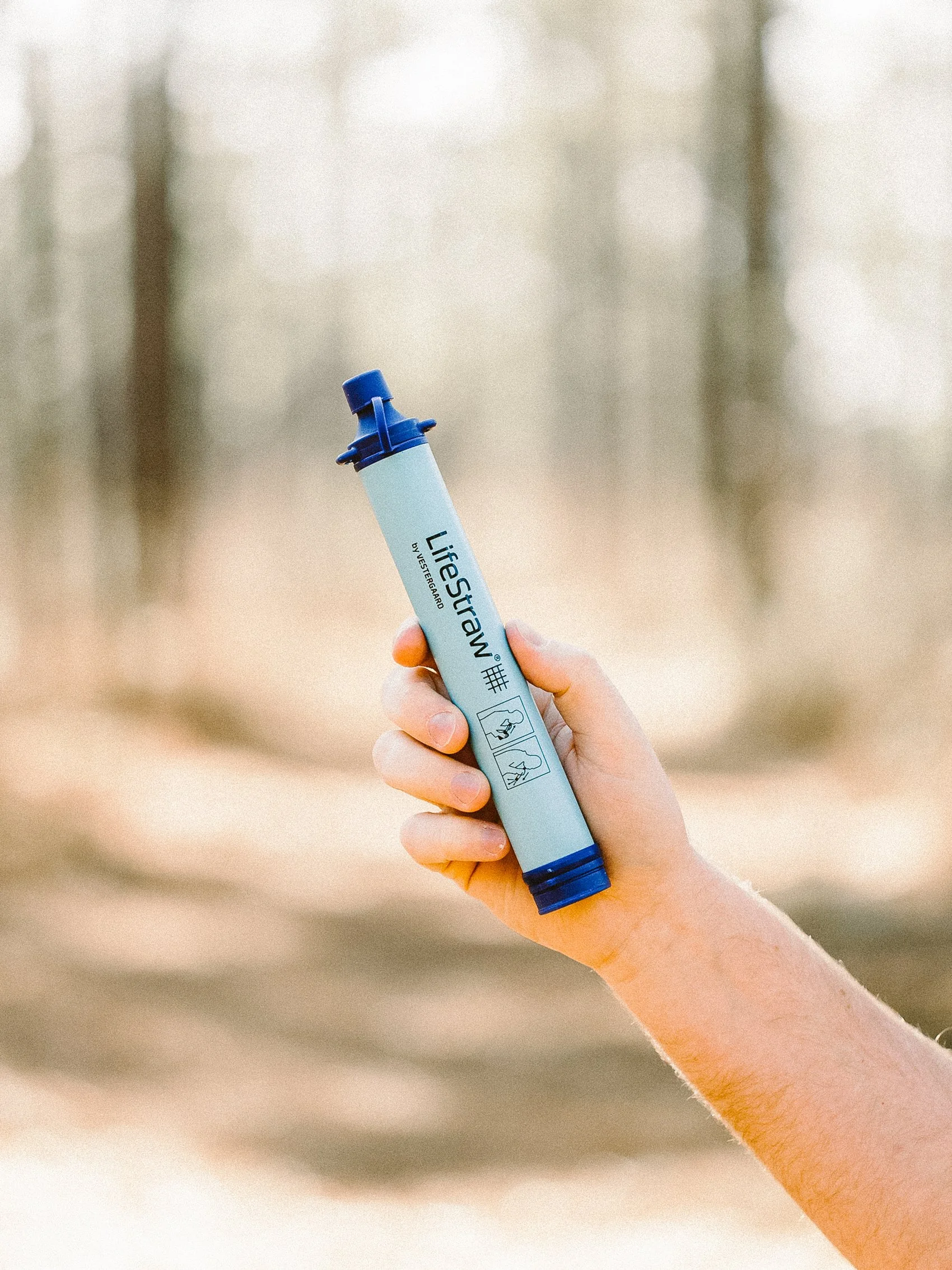Loggerhead turtle nesting: a responsible traveler’s guide to ethical encounters
When we think of wildlife travel, we often imagine dramatic, up-close moments: a lion’s roar on a safari, a whale’s breach, or a sea turtle’s slow journey to the sea. But sometimes, the most powerful moments in nature are the quiet ones — like the simple sight of a loggerhead turtle nesting area, carefully enclosed by conservationists on a public beach.
During a recent beach walk, we encountered several of these protected loggerhead turtle nests, marked and roped off with a gentle reminder to give space. A sign of life waiting quietly below the sand.
And it got us thinking…
You don’t have to see a turtle to protect one.
How can we witness these incredible lifecycles responsibly, without disruption to nature?
The Significance of Loggerhead Turtles
Loggerhead turtles are not only incredible sea creatures — they're vital to ocean ecosystems.
Mostly feeding on jellyfish, crustaceans, and mollusks, they not only help regulate the jellyfish population, which can boom and disrupt fisheries if left unchecked, but they also help maintain the health and diversity of seagrass beds and coral reefs — and as you know, coral reefs are a critical component of ocean life, suffering due to human activity, climate change, and plastic pollution.
An indicator species, their health and presence helps us understand the condition of the ocean environment. Unfortunately, their populations are declining due to coastal development, plastic pollution, fishing bycatch, and climate change in such numbers that they’re classified as “vulnerable” by the International Union for Conservation of Nature (IUCN).
Every year, loggerhead turtles migrate hundreds to thousands of miles between feeding and nesting grounds. Each nest, and each hatchling, is crucial to keeping turtle populations afloat — made even more important due to the fact that only about 1 in every 1,000 turtles survive to adulthood.
Nesting and Hatching Seasons
Loggerhead turtles typically nest between May and August, with hatchlings emerging 60–70 days later. Timing varies by region, and local conservation organizations often provide updates on expected hatching windows.
How to protect Loggerhead Turtle Nests
Avoid walking on soft sand dunes or near flagged nests
These areas often contain unmarked nests or fragile vegetation vital to dune ecosystems. Even light foot traffic can collapse turtle nests or compact sand in ways that make it difficult for hatchlings to emerge.
Never touch turtles or disturb nests
Human contact can introduce harmful bacteria, cause stress, or change the natural behaviors of turtles. Hatchlings are particularly sensitive — touching or “helping” them get to the shoreline can disorient them or interfere with their internal magnetic navigation. Observe quietly from a distance and let nature take its course.
Tips for Sustainable Turtle Encounters
Even though we didn’t see turtles on the beach, the nest enclosures itself tell a vital conservation story. Here are a few tips for ethical wildlife observation:
Never use flash — especially at night
Flash photography can disorient both adult turtles and hatchlings, interfering with their natural behavior. Bright light can cause nesting females to abandon their nesting attempts and mislead hatchlings away from the ocean, increasing their risk of being seen by a predator.
Keep a respectful distance
Turtles are easily stressed by human presence, and getting too close may cause them to return to the sea without nesting. Maintaining a distance of 20 meters or more from turtles ensures that you don’t interrupt their reproductive process.
Leave no trace: Avoid plastic and remove trash
We’ve all seen references of plastic bags being mistaken for jellyfish. Plastic debris — straws, bottle caps, and more — can easily be confused as a food source by marine animals. Bring a reusable bag and do a quick “beach cleanup” as part of your beach visit.
Use a red light at night
Turtles are less sensitive to red light, so using a red-filtered flashlight minimizes disturbance. It helps preserve the natural darkness they rely on for navigation while still allowing you to move safely.
Supporting Loggerhead Conservation
Donate to verified NGOs
Even small contributions or “adopt a nest” campaigns help fund nest monitoring, habitat restoration, and public education. Look for transparency and field-based projects — organizations like the Sea Turtle Conservancy, MEDASSET, or Loggerhead Marinelife Center make a measurable impact.
educate, don’t sensationalize
If you take a picture of a nest or turtle from a distance (and remember, no flash!), use it to tell a conservation story — focus on protected nests, beach signage, or the beauty of untouched coastlines. Avoid posting images that reveal nest locations (here’s why you should stop geo-tagging your travel destinations!) or show human interference.
Volunteer
While some require certifications or permits, many coastal communities welcome volunteers for tasks like nest monitoring, data collection, and hatchling release supervision. Programs like these not only help turtles but provide travelers with immersive, purpose-driven experiences that encompass the ethos of slow, sustainable travel.
Your actions matter
Our presence leaves an impact — whether we intend to or not. Whether you live locally or are traveling to an area where loggerhead turtles nest, being conscious about your actions during this, and every, season sends a powerful message: that our experiences should support the ocean and marine-life we visit.
Responsible tourism isn’t just about avoiding harm — it’s about being part of the solution. By staying informed, we can shift the narrative of travel from consumption to conservation, from disruption to guardian.















